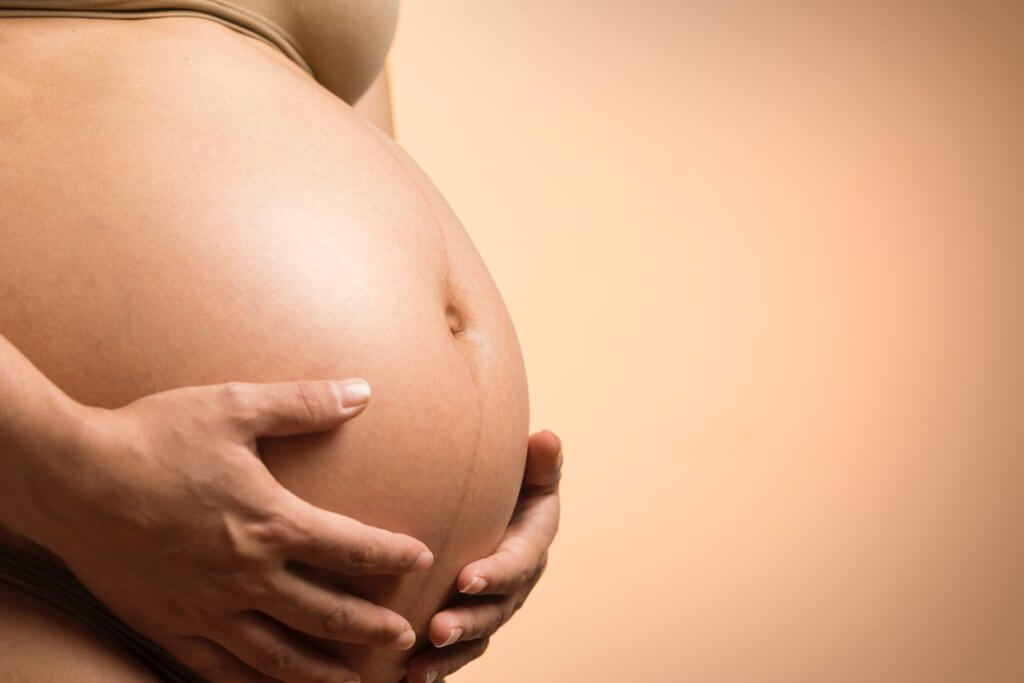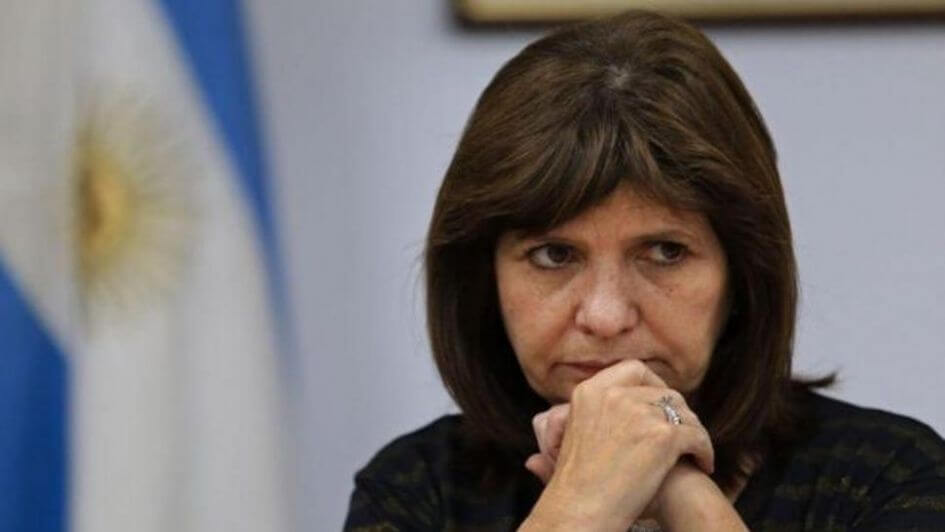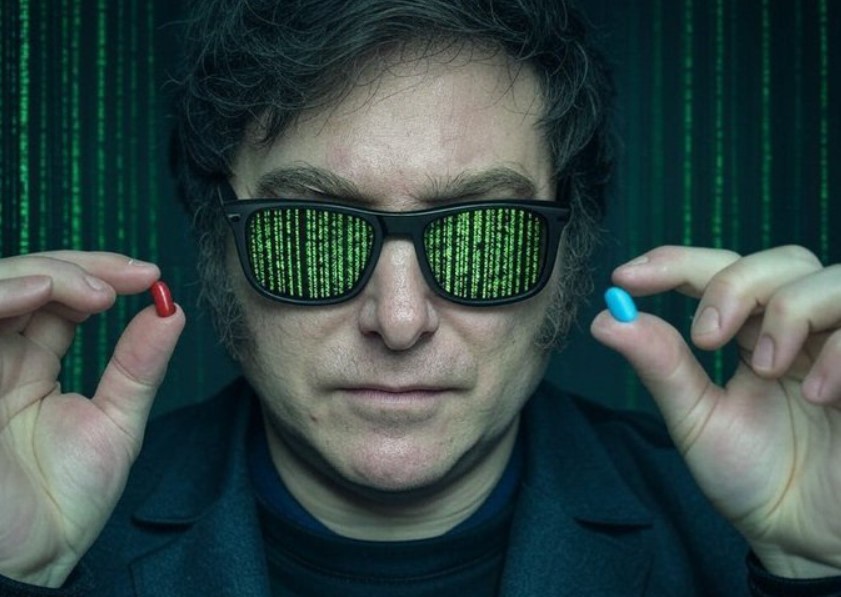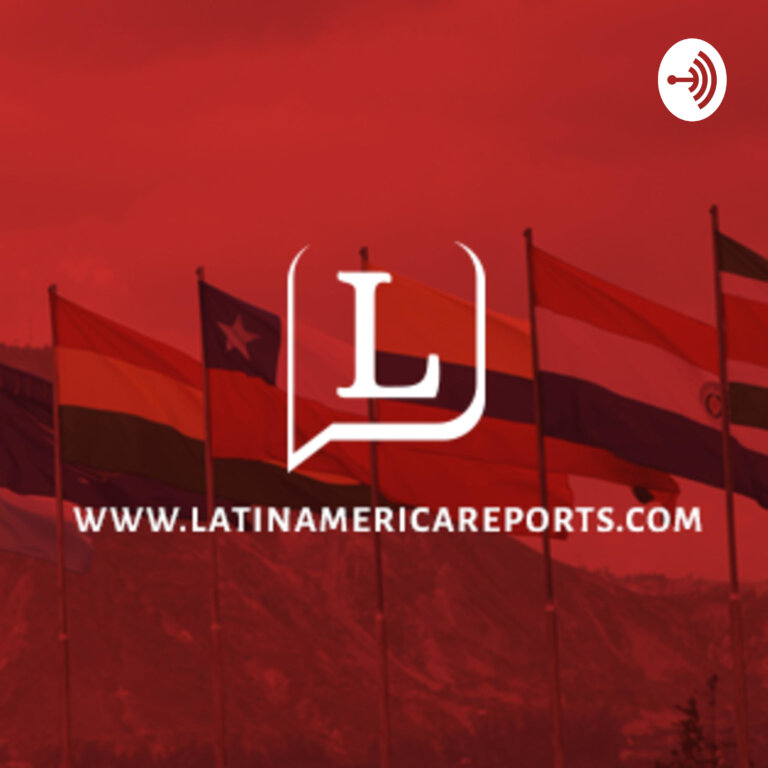Buenos Aires, Argentina — The black-market USD rate, also known as ‘dólar blue’, went from costing 408 pesos per dollar to over 495 pesos in over a week. What are the causes behind this phenomenon and what does it mean to the pockets of the Argentines?
In a country that has already seen more than 20% inflation rate in the first quarter of the year, the value of the American dollar is monitored daily by a big part of the population as its ups and downs usually determine the prices of local goods and services.
Lots of factors impact the movement of the USD rate but this black-market dollar usually relies on supply and demand. After certain announcements or rumors, speculation leads people to the so-called “caves,” where the informal currency is sold, to buy or sell their foreign currencies.
But what happened the last few days? Three factors could have impacted on the changes of the value of the USD. First off, a rumor started circulating about the president’s chief of advisors, Antonio Aracre, taking over the Ministry of Economy.
Aracre arrived at the Government’s House thanks to Sergio Massa, the actual Economy Minister, but some analysts think that the ex CEO of Syngenta wasn’t of the likes of President Alberto Fernández. Aracre finally handed in his resignation and dissipated the rumors.
This led to talks about Sergio Massa leaving the Ministry of Economy after a huge jump of the informal USD rate of 408 pesos per dollar to 432 between Monday 17 and and Thursday 20. The subsequent rumors were debunked by a picture of Massa and president Alberto Fernández together in the presidential residence on April 20.
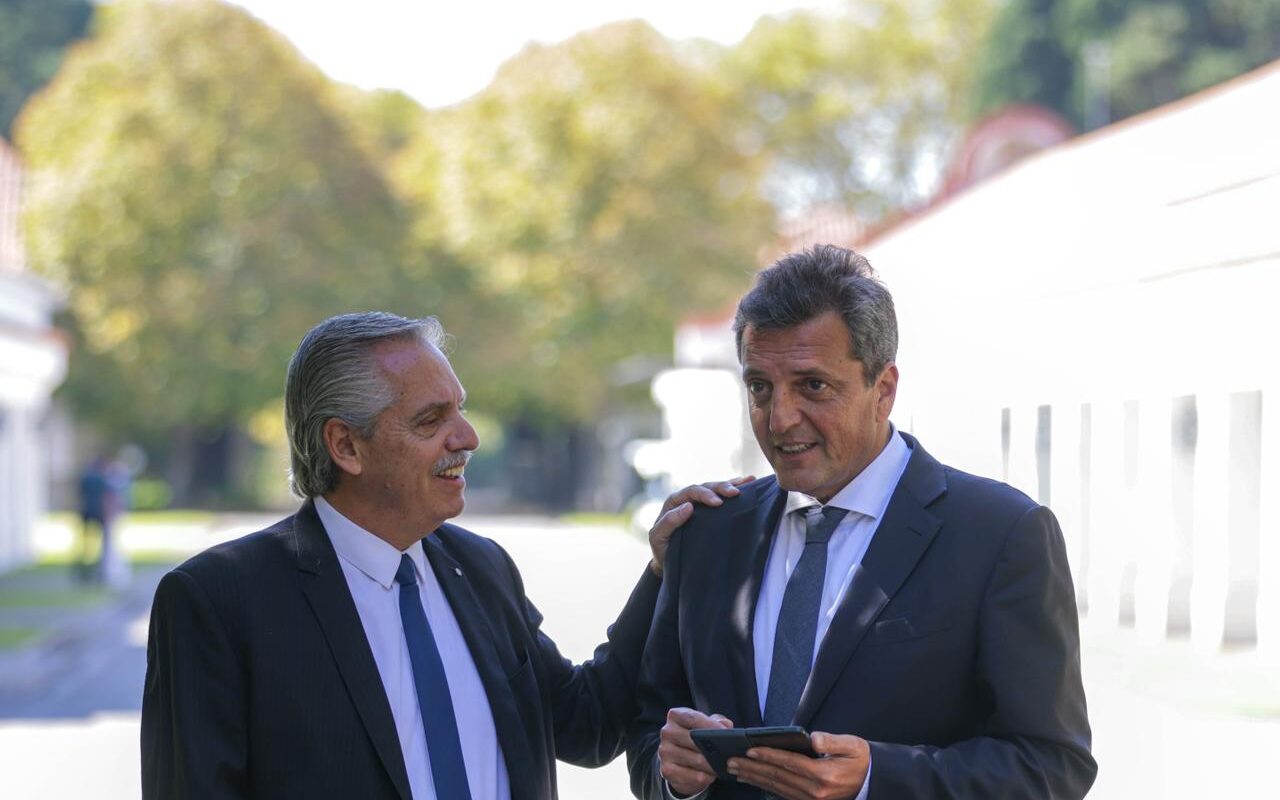
The reasons behind the USD jump
Despite these rumors, one of the main reasons behind this huge spike of the local USD rate comes after one of the worst droughts the country has faced. Almost 50% of Argentine exports come from the agricultural sector and the latest drought caused production of grains to fall around half the latest average.
According to president Alberto Fernández, due to the drought “almost 20 billion dollars won’t be collected” by the country on this campaign.
This record low crop comes in an electoral year with a spiraling inflation that doesn’t seem to stop. Exports are key to bring fresh dollars into the country and try to put a stop to the USD rate spikes and the inflation that impacts the pockets of all Argentines.
After a week full of political and economic movements, Alberto Fernández announced he won’t be seeking reelection later this year as he has to focus on solving the country’s economic turmoil with the little time he has left in office.
It doesn’t look well for president Fernández as the country already surpassed the 20% inflation mark during Q1. International banks such as J.P. Morgan expects the country’s inflation to go over 120% by the end of the year, while BNP Paribas estimates that that number will be around 135%.
On April 25, the informal USD rate climbed up again from 462 ARS per dollar to 495 in the Buenos Aires downtown.





